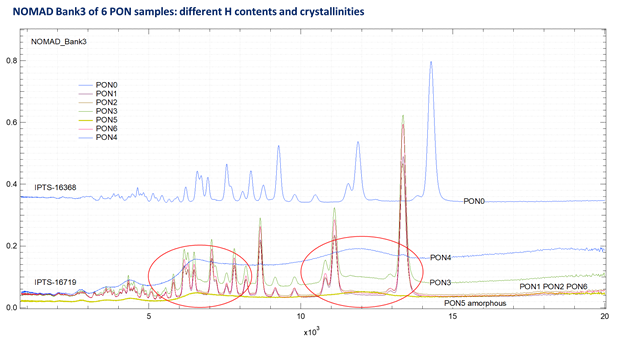Reports: ND1055049-ND10: Understanding a Novel Class of Highly Thermostable Liquids
Peter Khalifah, PhD, State University of New York at Stony Brook
In preliminary work prior to the start of this project, it was found that certain solid state reactions carried out within our group at elevated temperatures (≥ 600 °C) produced a liquid product rather than the expected polycrystalline powder product. The composition of this liquid product was unknown, though it was found to remain liquid over a very wide temperature range, including well below room temperature. In the first year of this project, it was established in addition to containing conventional phosphate ions, the liquid contained the very unusual solution ionic species, PO3N4-, a molecule whose solution properties have never before been reported.
Recent efforts have been aimed at better understanding the precursor phases used to produce this solution, especially with regard to the substance PON. Much like its isoelectronic analogue SiO2, it is observed that PON can be prepared as both a crystalline and amorphous phase. We have collected time-of-flight neutron diffraction data to investigate seven different preparations of nominal composition PON with differing degrees of crystallinity through both average structural studies of Bragg diffraction data, shown in Figure 1, and through local structural studies of pair distribution function (PDF) data, shown in Figure 2. Additional high-resolution synchrotron diffraction data have also been collected for these samples to aid in this process. Efforts to independently evaluate both the local and long range structure of these seven compounds are in progress. Complementary theoretical efforts to evaluate the solution structure of the PO3N4-nitridophosphate anion and its spectroscopic signatures are in progress.
Figure 1. Bragg neutron powder diffraction data collected for seven different PON preparations. Note the exceptionally broad peaks associated with the X-ray amorphous samples of PON4 and PON5.
Figure 2. Representative PDF pattern, G(r) for sample PON0 plotted as function of r (Å). Two different symmetry structural models have been evaluated against the data.













